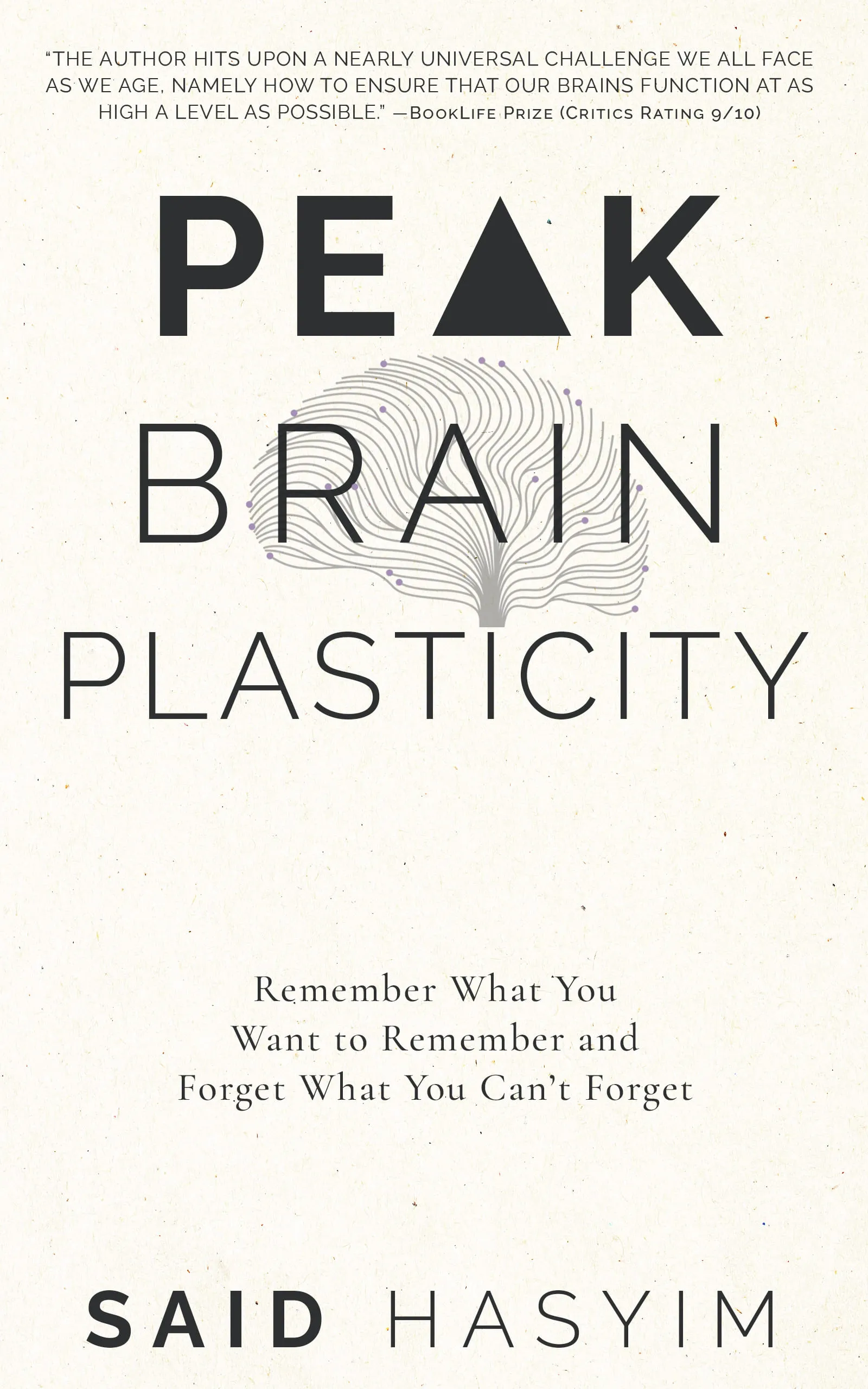Understanding Your Brain: Neuroplasticity Explained
The human brain, often described as an enigmatic organ, is central to everything we think, feel, and do. One of the most fascinating aspects of the brain is its ability to change and adapt throughout our lives—a phenomenon known as neuroplasticity. In this blog post, we'll delve deep into the concept of neuroplasticity, exploring what it is, how it works, the factors that influence it, and its profound implications for our daily lives, mental health, and lifelong learning.
What is Neuroplasticity?
Neuroplasticity, also known as brain plasticity or neural plasticity, refers to the brain's remarkable ability to reorganize itself by forming new neural connections. This ability allows the brain to adapt to new experiences, learn new information, recover from injuries, and even compensate for lost functions. Neuroplasticity is not a single process; it encompasses various forms and mechanisms that can occur at different levels, from molecular and cellular changes to larger-scale modifications in brain networks.
Key Types of Neuroplasticity
Developmental Plasticity: This occurs during early brain development when the brain is rapidly growing and forming new connections. Experiences during this time shape the neural pathways that will be used throughout life.
Functional Plasticity: This type of plasticity enables the brain to move functions from damaged areas to undamaged areas. For example, following a stroke, parts of the brain that were not previously involved in a particular function (like movement or speech) can take over those responsibilities.
Structural Plasticity: This involves the actual physical changes in the neural structure, such as the strengthening or weakening of synapses, the increase or decrease in the number of neurons, and the growth of new dendrites and axons.
Synaptic Plasticity: This is the ability of synapses (the connections between neurons) to strengthen or weaken over time. Long-Term Potentiation (LTP) and Long-Term Depression (LTD) are two processes that underlie synaptic plasticity, playing critical roles in learning and memory.
How Does Neuroplasticity Work?
At its core, neuroplasticity hinges on the principle that neurons can change in response to experience. When you learn something new, your brain cells communicate with one another, and this communication strengthens the connections between them. This strengthening can occur through various mechanisms:
Neurotransmitter Release: Neurons communicate via chemicals called neurotransmitters. In response to certain experiences or learning, the release of these chemicals can enhance the connectivity between neurons.
Gene Expression: Learning and environmental changes can activate certain genes, which facilitate the growth of new neurons or the formation of new synaptic connections.
Myelination: This process involves the insulation of nerve fibers, which speeds up communication between neurons and enhances the efficiency of brain functions.
Factors Influencing Neuroplasticity
While neuroplasticity is a natural feature of the brain, various factors can influence its extent and efficacy:
Age: Children’s brains are more malleable than those of adults, primarily due to heightened developmental plasticity. However, adults can still experience significant neuroplastic changes.
Environment: Enriched environments—those filled with stimulating activities, social interactions, and new learning experiences—can enhance neuroplasticity. Conversely, impoverished environments may hinder it.
Mindfulness and Meditation: Practices such as mindfulness and meditation have been shown to promote changes in brain structure and function, enhancing areas related to attention, emotional regulation, and self-awareness.
Physical Exercise: Regular physical activity boosts blood flow to the brain and encourages neurogenesis (the development of new neurons), enhancing overall brain health and neuroplasticity.
Chronic Stress or Trauma: High levels of stress can negatively affect neuroplasticity, leading to adverse changes in brain structure and cognitive function.
The Implications of Neuroplasticity
Understanding neuroplasticity offers numerous implications for various fields, including education, rehabilitation, and mental health.
Education
The implications of neuroplasticity in education are profound. Educators can leverage this knowledge by adopting teaching strategies that promote active engagement and critical thinking. Furthermore, recognizing that making mistakes is part of the learning process can help create a supportive environment that encourages risk-taking and resilience.
Rehabilitation
In the realm of rehabilitation, especially following brain injuries such as strokes or traumatic brain injuries, neuroplasticity offers hope. Rehabilitation therapies that focus on repetitive practice and task-oriented activities can capitalize on the brain's ability to rewire itself. Customizing rehabilitation programs to promote neuroplasticity can lead to better recovery outcomes.
Mental Health
Neuroplasticity also plays a significant role in addressing mental health challenges. Therapeutic techniques such as cognitive-behavioral therapy (CBT) exploit the brain's plasticity by helping individuals reframe negative thought patterns and behaviors, leading to lasting changes in emotional well-being. Additionally, the integration of mindfulness practices can further enhance mental health by promoting adaptive neural pathways associated with emotional regulation and stress management.
Conclusion
In conclusion, neuroplasticity is a remarkable and empowering characteristic of the brain that underlines our capacity for learning, recovery, and adaptation. By understanding neuroplasticity, we can take proactive steps to nurture our brains through engaging in lifelong learning, fostering social connections, practicing mindfulness, and prioritizing physical health. Whether you are a student, a professional, someone recovering from an injury, or an individual seeking personal development, embracing the principles of neuroplasticity can profoundly enhance your brain's capabilities and your overall quality of life.
Let us celebrate the incredible potential of our brains to adapt and grow, reminding ourselves that we are not merely products of our past experiences, but active architects of our cognitive futures. As we navigate the complexities of life, embracing the power of neuroplasticity may lead us to unlock our fullest potential.
Harness the Power of Neuroplasticity
Discover Peak Brain Plasticity, a practical book to harnessing neuroplasticity. Enhance your memory, learn new languages quickly, and alleviate anxiety with effective study methods. Uncover daily habits that impact cognitive health and explore techniques for accelerated learning and memory retention. Unlock your brain's potential for growth and transformation.
